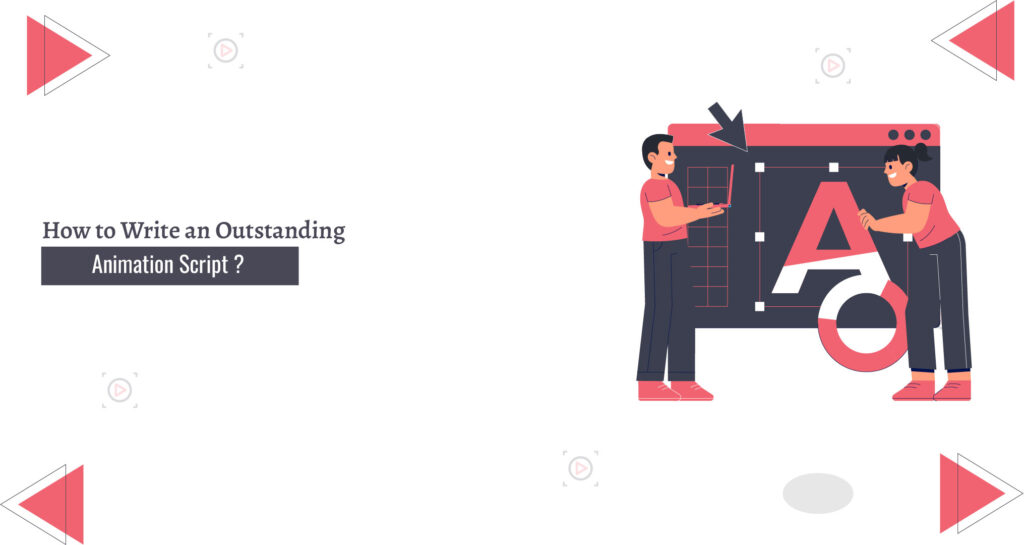
In the ever-evolving world of animation, crafting a compelling script is paramount to creating stories that resonate with audiences. As we navigate through 2025, the landscape of animation scriptwriting continues to adapt, influenced by technological advancements and changing viewer preferences. This guide delves into animation script writing tips, provides insights on how to write a script for animation, showcases best animation script examples, offers a step-by-step guide to animation scripting, explores animation screenplay writing techniques, and emphasizes the importance of creative writing for animated films.
Understanding Animation Scriptwriting
Animation scriptwriting involves creating a blueprint for animated productions, detailing dialogues, actions, and visual elements. Unlike live-action scripts, animation scripts demand vivid descriptions to guide animators in bringing scenes to life. The challenge lies in balancing imaginative storytelling with precise directives to ensure a seamless translation from script to screen.
Animation Script Writing Tips
To excel in animation scriptwriting, consider the following tips:
- Embrace Visual Storytelling: Animation thrives on visual narratives. Craft scenes that are visually engaging, allowing actions and settings to convey emotions and plot developments.
- Develop Relatable Characters: Even in fantastical settings, characters should possess relatable traits and motivations. This connection fosters audience engagement and investment in the story.
- Maintain Pacing: Animated stories often cater to diverse age groups. Ensure the pacing aligns with your target audience, balancing action sequences with moments of reflection.
- Incorporate Humor and Emotion: Animation offers a unique platform to blend humor with heartfelt moments. Utilize this versatility to create a dynamic and memorable narrative.
- Collaborate with Visual Artists: Engage with animators and storyboard artists early in the scripting process. Their insights can enhance scene descriptions and feasibility.
How to Write a Script for Animation
Writing an animation script involves several key steps:
- Conceptualize Your Story: Begin with a clear idea or message. Outline the central theme, setting, and primary characters.
- Create a Detailed Outline: Break down the story into acts and scenes, highlighting major plot points and character arcs.
- Write Descriptive Scene Directions: Unlike live-action, animation relies heavily on descriptive scene directions to guide animators. Detail the environment, character actions, and visual cues meticulously.
- Craft Engaging Dialogue: Ensure dialogues are concise, character-driven, and appropriate for the intended audience. Remember, in animation, visuals often complement or even replace verbal communication.
- Revise and Refine: Seek feedback from peers and professionals. Multiple revisions help in honing the script to its optimal form.
Best Animation Script Examples
Studying exemplary animation scripts can provide valuable insights into effective storytelling techniques. Some notable examples include:
- Toy Story (1995): A pioneering script that blends humor, emotion, and adventure, setting a benchmark for animated storytelling.
- Inside Out (2015): An innovative narrative that personifies emotions, offering a deep exploration of human psychology through animation.
- Spider-Man: Into the Spider-Verse (2018): A dynamic script that introduces multiple dimensions and characters while maintaining coherence and engagement.
These scripts are accessible through various online platforms and serve as excellent study material for aspiring animation scriptwriters.
Step-by-Step Guide to Animation Scripting
Here’s a comprehensive guide to crafting an animation script:
- Idea Generation: Brainstorm concepts that are original and suitable for animation. Consider stories that leverage the medium’s limitless possibilities.
- Research and Development: Investigate similar works, understand your target audience, and refine your concept based on findings.
- Character Development: Create detailed profiles for each character, including their backgrounds, motivations, and relationships.Polygon+12WIRED+12The Guardian+12
- Plot Structuring: Outline the narrative arc, ensuring a clear beginning, middle, and end. Incorporate subplots that enrich the main storyline.
- Scene Breakdown: Divide the plot into scenes, specifying settings, actions, and key dialogues. This breakdown serves as a roadmap for the script.
- Drafting the Script: Write the script, focusing on vivid descriptions and authentic dialogues. Pay attention to pacing and transitions between scenes.
- Review and Edit: After completing the draft, review it for coherence, consistency, and engagement. Edit as necessary, and consider seeking external feedback.
Animation Screenplay Writing Techniques
Effective animation screenplays employ specific techniques:
- Show, Don’t Tell: Utilize visual elements to convey information, reducing reliance on exposition.
- Use of Metaphors and Symbols: Incorporate metaphors and symbols to add depth and layers to the narrative, making it appealing to both children and adults.
- Dynamic Action Lines: Write action lines that are active and engaging, painting a clear picture of the scene for animators.
- Economy of Words: Be concise. Animation scripts should be tight, with each word serving a purpose.Reddit
Creative Writing for Animated Films
Creativity is the cornerstone of animated films. To enhance creative writing:
- Think Beyond Reality: Animation allows for bending the rules of physics and reality. Embrace this freedom to create unique worlds and scenarios.
- Experiment with Genres: Combine elements from different genres to craft fresh and unexpected narratives.
- Engage in Continuous Learning: Stay updated with industry trends, new technologies, and storytelling methods to keep your writing innovative.
Conclusion
Writing an outstanding animation script in 2025 requires a blend of creativity, technical understanding, and adaptability. By embracing effective animation script writing tips, understanding how to write a script for animation, studying best animation script examples, following a step-by-step guide to animation scripting, applying advanced animation screenplay writing techniques, and fostering creative writing for animated films, you can craft stories that captivate and inspire audiences worldwide.
Frequently Asked Questions (FAQ’s)
What is the purpose of an animation script?
An animation script outlines the dialogue, actions, and visual elements of an animated video. It serves as a blueprint for animators and voice actors, ensuring that the story is conveyed clearly and effectively.
How long should an animation script be?
The length of an animation script varies depending on the video’s purpose. For most animated explainer videos, a script should be around 200-250 words to fit a 90-second video. Keep it concise to maintain viewer engagement.
What are the key components of an animation script?
The main components of an animation script include:
- Location: Descriptions of where the scenes take place.
- Action: Detailed accounts of what characters are doing.
- Dialogue: The spoken lines of the characters.
How do I create a compelling story for an animation?
To create a compelling story:
- Start with a clear brief: Define your main messages and objectives.
- Use engaging storytelling techniques: Incorporate relatable scenarios and strong characters.
- Maintain a conversational tone: Write as if you’re speaking directly to your audience.
What role does humor play in animation scripts?
Humor can enhance engagement and make content more enjoyable, especially when dealing with dry or complex subjects. However, ensure it aligns with the overall tone and objectives of the video.





